Last week we warmed up our phonological processors during the Phonemic Awareness Warm-up component of the Explicit Phonics Lesson Template, (If you missed that post you can find it here.)
Now that your students are all warmed up, you are ready to roll up your sleeves and deliver the clear, explicit phonics instruction your students need!
Today, we will zoom in on the second lesson component on the Template: Explicit Skill Practice.
This focused skill practice provides a detailed and multi-sensory introduction to the focus sound and its spelling. Here is your teacher moment! The students are engaged, warmed up, and ready to glean your nuggets of wisdom!
Roll up those sleeves, and let’s get started!
This component is a heavy hitter!
And more than any other lesson component, this second stop on the plan (circled above) is the one that has a completely different routine happening each day in the 3-day sequence.
Day 1 – Introduce the new skill with a routine that is explicit and multi-sensory.
Day 2 – Manipulate sound-spellings (new and reviewed) through word chains.
Day 3 – Compare words containing the new and review sound-spellings.
These three procedures are also the routines that might require the most practice to become automatic for you, the teacher. ☺️
This week we focus on Day 1, which is when we provide students with concise and explicit instruction to introduce and connect the target sound to its corresponding symbol(s) (enter our friend, the GRAPHEME).
The ✔️5 Process
✔️Name the New Skill
When naming the new skill, you will want to help students connect the phoneme they practiced in the warm-up to the grapheme they will soon explore in print. Be sure to use precise language. For example, be sure to use the term “sound” to refer to what children hear or produce vocally, and the term “letter” to refer to the grapheme.

✔️Teach the Key Word.
Select an image and a keyword that contains the target sound and corresponding grapheme. It’s beneficial if the keyword is a word within your students’ known vocabulary. You will also want o to verify the keyword allows for clear pronunciation of the target sound.

✔️Isolate the Sound.
Next, you will want to help students isolate the sound within the keyword. During this step, you will draw the student’s attention to the target sound they make vocally and help them hear that same sound within a spoken word.
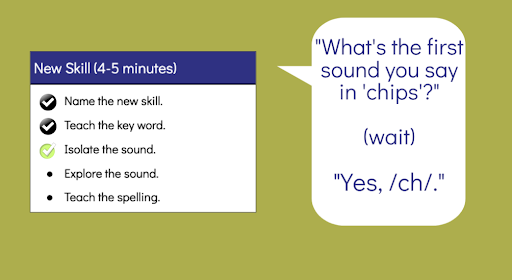
✔️Explore the Sound.
Exploring how the sound is produced, or the “articulatory gestures,” means drawing your students’ attention to the physical movements they make as they say the sound. You can give students a small mirror to allow them to see their mouth formation and tongue placement. Encourage them to touch their throats and feel vibrations or lack of vibrations of certain sounds.

✔️Teach the spelling.
Finally! GRAPHEMES! In this step, you will show students how the sound they have been practicing can be represented by a written symbol or grapheme. The phonological processors are all warmed up. Now it’s time for the orthographic processor to get involved as you begin to map the sounds to their spellings.
In this step of explicit teaching, you are scaffolding the process of orthographic mapping. or connecting a phoneme (sound) to its corresponding grapheme (letter or letter combination).

*Days 2 and 3 incorporate multisensory routines to practice the target sound-spelling you have just introduced.”
*It’s too much to cover all three days in one itty bitty blog post. But, not to worry, once we’ve gone through all of the components of Day 1, we’ll circle back with more info about the routines that are unique to days Days 2 and 3.
But wait, there’s more!

If you are like many teachers we know, you are already brainstorming ways to get started. If you need tools to help you dig into this component of The Template, head to our downloads page on TheSixShifts.com and grab these free resources.

Blog series in review
And if you joined us in this second post about our Explicit Phonics Template, you might be interested in looking back.
Part 1: An Introduction to The Explicit Phonics Lesson Plan
This post gives you an overview of the Explicit Phonics Lesson Template and guidance on how to print.
Part 2: The Phonologic Awareness Warm-Up
You will learn two tips for teaching the Phonologic Awareness Warmup. You can also learn a little more about the lesson template, additional supportive pages, and some supportive free resources.
So, with a deeper understanding of the first two components of The Explicit Phonics Lesson Template, you are well on your way to planning lessons to support your student’s individual learning needs.
We’ll see you next week as we take a walk through the third component of the lesson: “Blending Words.”
Explore our 8-part blog series “Using our Flexible Phonics Lesson Template.”👇
Using Our Flexible Phonics Lesson Template (Part 1): An Introduction
Using Our Flexible Phonics Lesson Template (Part 2): The Phonemic Awareness Warm-up
Using Our Flexible Phonics Lesson Template (Part 3): Explicit Skills Practice
Using Our Flexible Phonics Lesson Template (Part 4): Blending Words
Using Our Flexible Phonics Lesson Template (Part 5): Writing
Using Our Flexible Phonics Lesson Template (Part 6): Reading Text
Using our Flexible Phonics Lesson Template (Part 7): Word Chains
Using our Flexible Phonics Lesson Template (Part 8): Spelling Comparisons
-

Jan Burkins and Kari Yates are authors, speakers, and consultants, who are dedicated to helping teachers around the world translate reading science into simple instructional moves that help teachers make learning to read easier for their students while still centering meaning-making, engagement, and joy.
Recent Posts

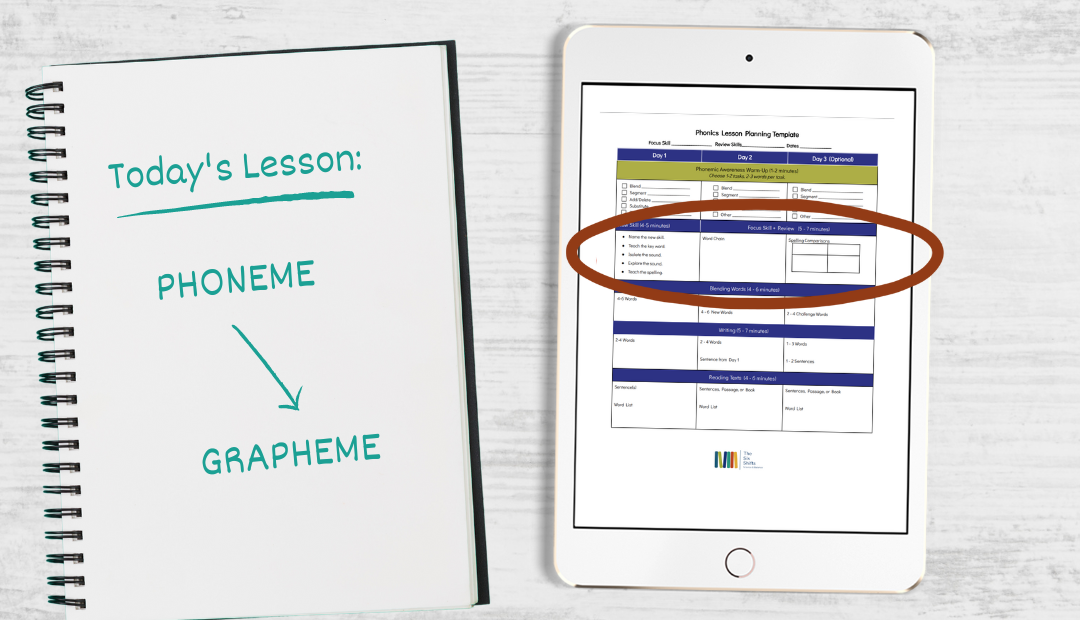
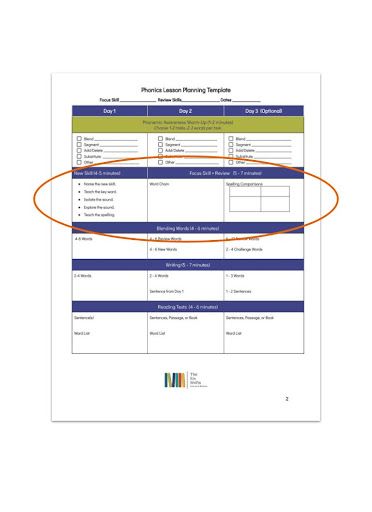


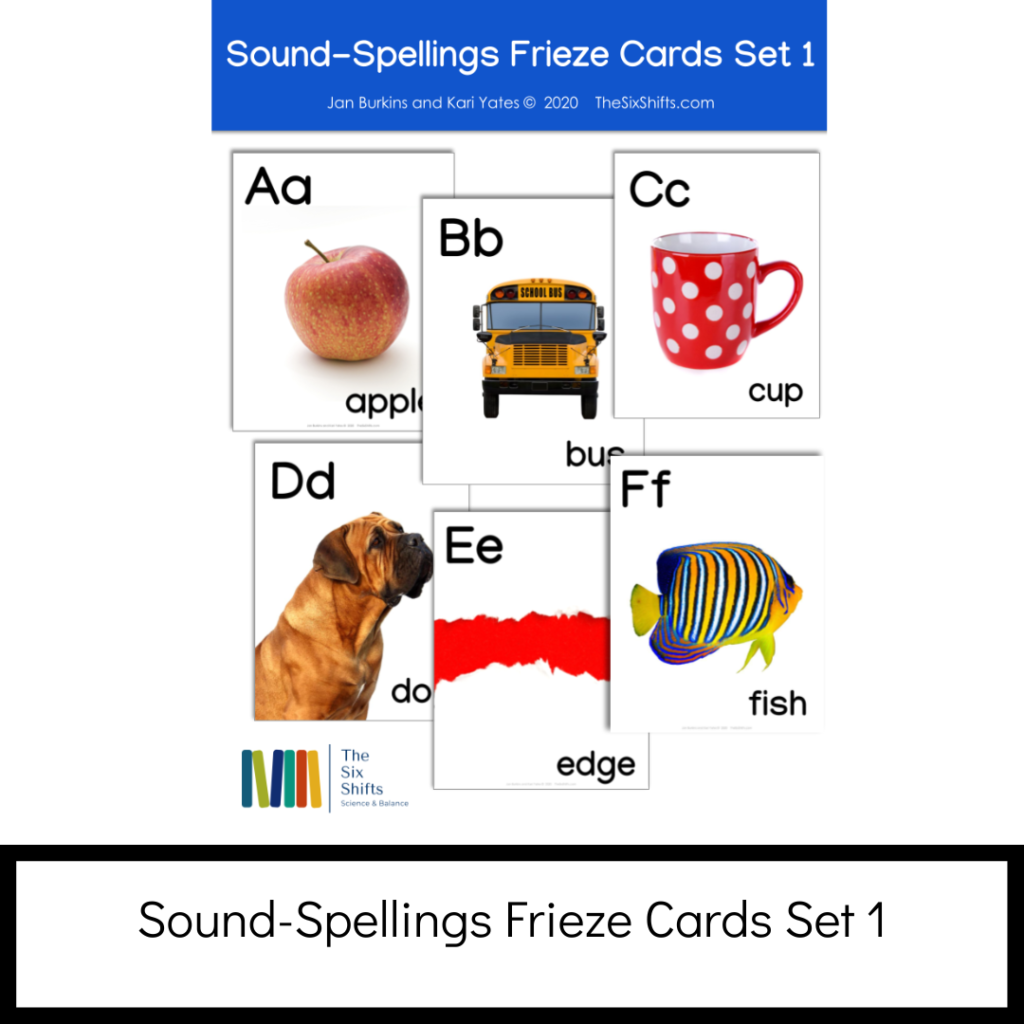
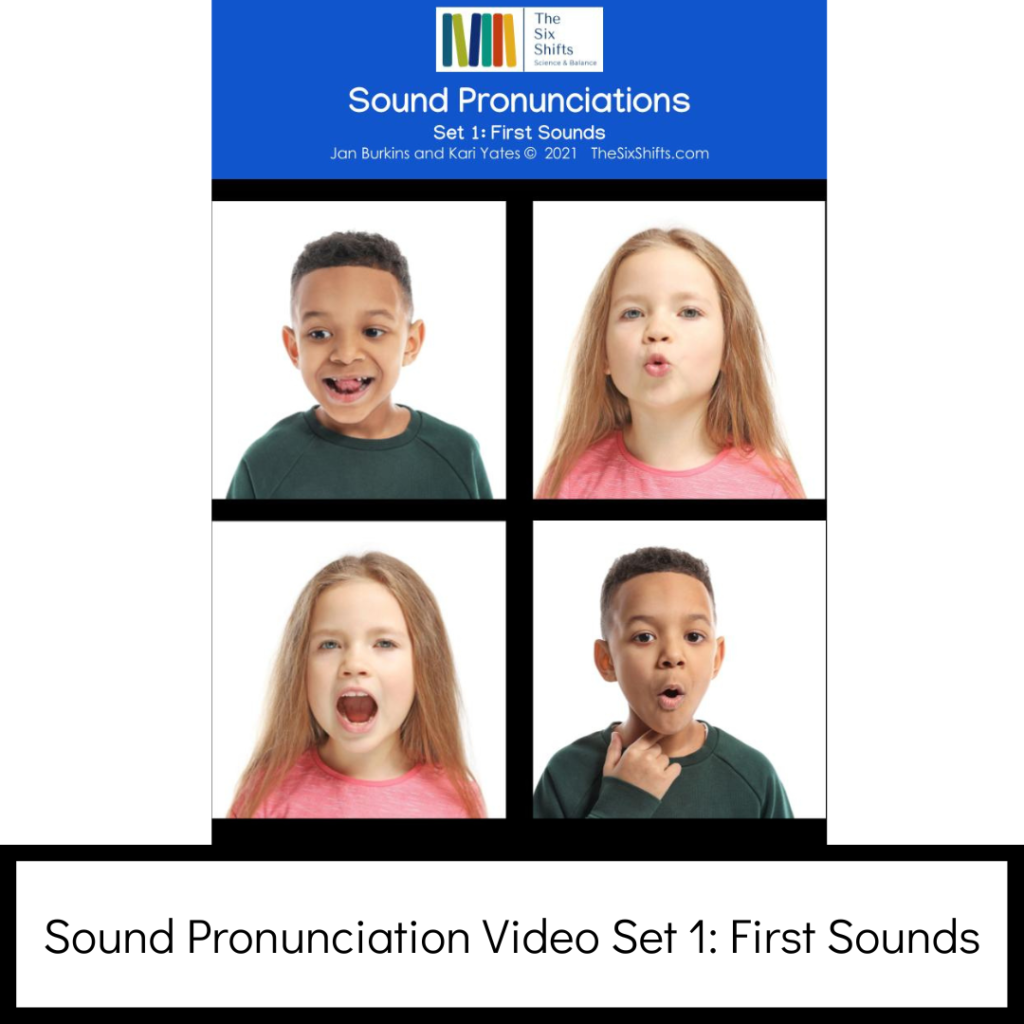
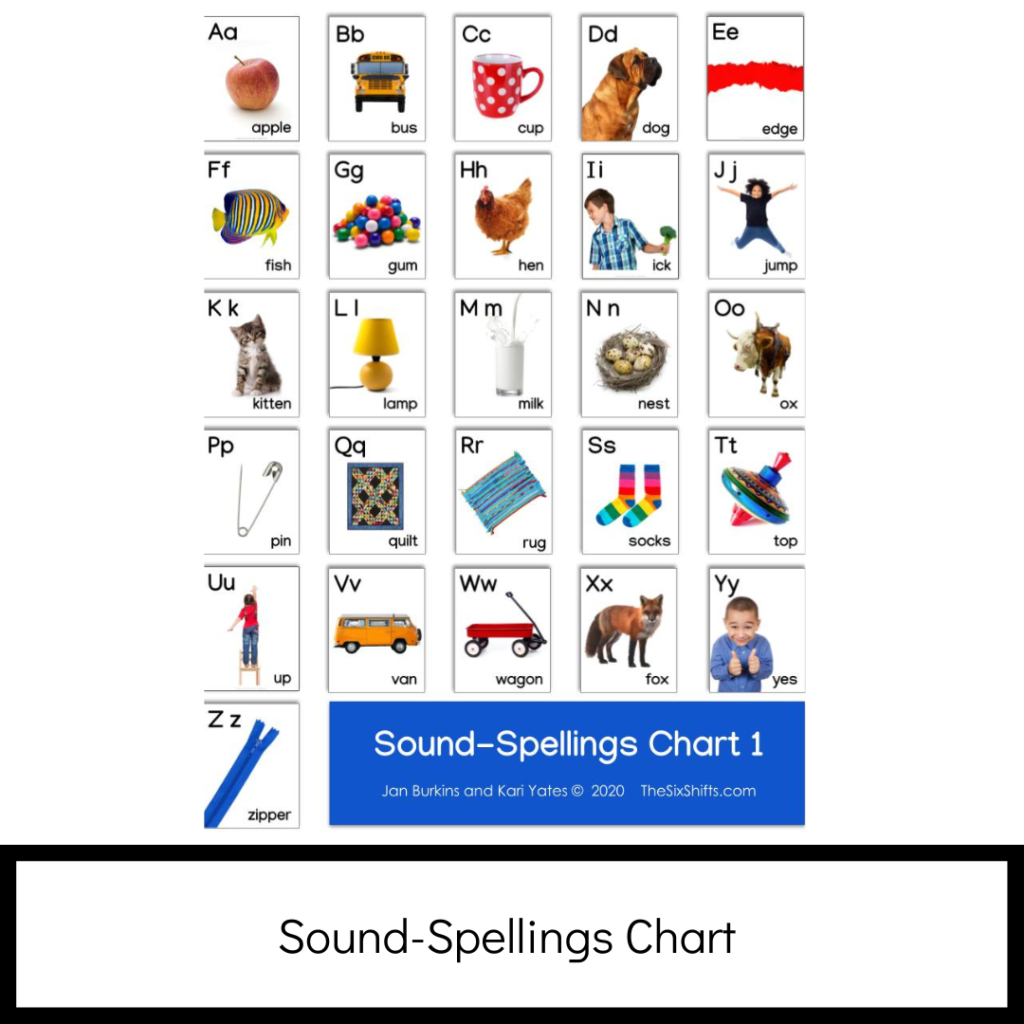

Trackbacks/Pingbacks